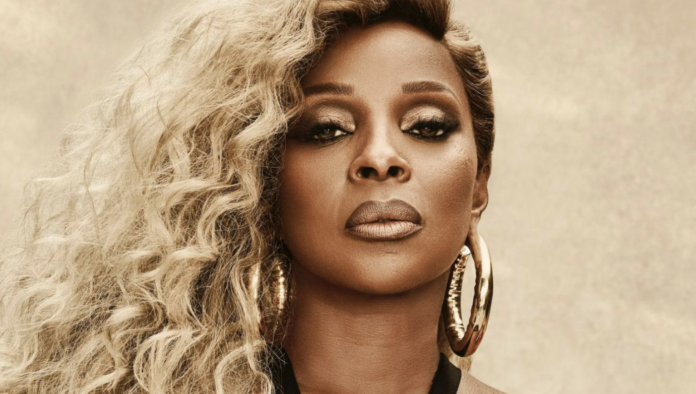Mary J. Blige: Good Morning Gorgeous Tour DC at Capital One Arena on September 17
One of Time magazine’s icons listed in “The 100 Most Influential People of 2022” and the recipient of the 2022 “Billboard ICON Award,” the undisputed Queen of Hip Hop Soul, Mary J. Blige, announces her
Good Morning Gorgeous tour
presented by Hologic in partnership with The Black Promoters Collective (BPC).
GRAMMY Award-winning and Oscar-nominated Blige will perform in 23 cities with special guests, platinum-selling, GRAMMY Award-winning artist Ella Mai and platinum-selling rising star Queen Naija beginning on Saturday, September 17, in Greensboro, NC, and ending on Saturday, October 29 in Atlantic City, NJ.
The tour also stops in Los Angeles, New York, and Atlanta.
“Mary J. Blige has been one of a select handful of artists
at the top of our desired list to partner with
since the initial construction of The BPC.
Having her support in our mission so early in the process is a testament to the hard work
we have put in to bring superior cultural experiences
powered by black business
to the masses.
We firmly believe this is a match made in heaven and are honored to partner with the Queen,”
states The BPC Co-Founder and President
Shelby Joyner.
the tour follows Mary J. Blige’s early 2022 album release of Good Morning Gorgeous. The album was released leading into her energetic Super Bowl Halftime performance.
The title track rose to #1 at R&B radio for 9 weeks and the song became a viral backdrop for many expressing self-love, with over 40,000 users creating videos using the song on TikTok.
A deluxe version was dropped just ahead of her wildly successful “Strength of a Woman” festival that took place last month in Atlanta.
Locations, venues & dates for the Good Morning Gorgeous tour presented by Hologic can be found below:
|
Saturday, 9/17 |
Greensboro, NC |
Greensboro Coliseum |
|
Sunday, 9/18 |
Washington, DC |
Capital One Arena |
|
Wednesday, 9/21 |
Charlotte, NC |
Spectrum Center |
|
Thursday, 9/22 |
Philadelphia, PA |
Wells Fargo Center |
|
Saturday, 9/24 |
Detroit, MI |
Little Caesars Arena (Not listed – Queen Naija) |
|
Sunday, 9/25 |
Chicago, IL |
United Center |
|
Wednesday, 9/28 |
Birmingham, AL |
Legacy Center at BJCC |
|
Thursday, 9/29 |
Atlanta, GA |
State Farm Arena |
|
Saturday, 10/1 |
Houston, TX |
Toyota Center |
|
Sunday, 10/2 |
Fort Worth, TX |
Dickies Arena (Not listed – Ella Mai) |
|
Thursday, 10/6 |
Oakland, CA |
Oakland Arena (Not listed — QN or EM) |
|
Saturday, 10/8 |
Las Vegas, NV |
Michelob Ultra Arena |
|
Sunday, 10/9 |
Los Angeles, CA |
Kia Forum (Not listed — QN) |
|
Wednesday, 10/12 |
St. Louis, MO |
Enterprise Center |
|
Saturday, 10/15 |
New Orleans, LA |
Smoothie King Center |
|
Sunday, 10/16 |
Memphis, TN |
FedEx Forum |
|
Wednesday, 10/19 |
Cleveland, OH |
Rocket Mortgage Fieldhouse |
|
Thursday, 10/20 |
Brooklyn, NY |
Barclays Center |
|
Saturday, 10/22 |
Hampton, VA |
Hampton Coliseum |
|
Sunday, 10/23 |
Newark, NJ |
Prudential Center |
|
Wednesday, 10/26 |
Nashville, TN |
Bridgestone Arena |
|
Thursday, 10/27 |
Cincinnati, OH |
Heritage Bank Center |
|
Saturday, 10/29 |
Atlantic City, NJ |
Boardwalk Hall |




